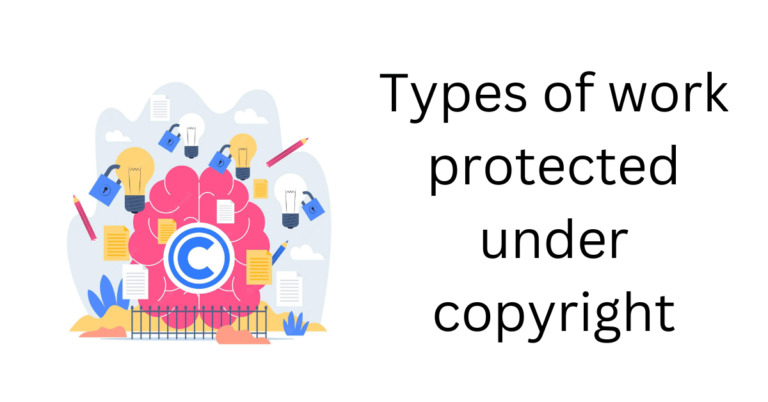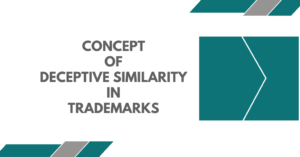What is copyright?
The term “Copyright” generally refers to the “right to copy” that belongs solely to the author or artist who created it. Everyone else must obtain permission from the copyright holder before copying or using any of the listed works; otherwise, they risk being charged with copyright infringement. The Copyright Act of 1957 sets all the rules to safeguard the exclusive rights of the copyright owner.
Copyright gives the protection to the published and unpublished literacy, scientific and artistic work. It is related to the exclusive right to do or authorize to do certain acts in relation to original artistic creations, cinematographic films, sound recording, software programme etc. As soon as the work is created it comes into existence and hence protects both the skill and labour that is employed by the creator in producing his work. As long as the idea is in the mind, it cannot be given any copyright protection. But as soon as it is fixed in any form such as a note book, a drawing, or any other form it can be copyright.
What are the different types of works protected by copyright in India?
Literary Work:
The works that fall under this category include books, poems, short stories, magazines, essays, dictionaries, manuscripts, periodicals, and articles. Software such as video games, apps for smartphones, and other forms of software are also included.
Musical Work:
Any piece that is composed of musical notation and lyrics falls under this category of works.
“Musical works” refers to both the instrumental and any verbal components of the work. The performer as well as the creator of the lyrics and music notation are both covered by the copyright for musical compositions.
Sound Recordings:
A sound recording is a piece of art created via the fixation of sounds, whether musical or spoken, without the use of visuals. Podcasts, recorded talks, and music on CDs all fall under this category of works.
According to the Copyright Act, sound recordings are “works that emerge from the fixation of a series of musical, spoken, or other sounds, but excluding the sounds accompanying a motion picture or other audiovisual work.” The category for sound recordings can probably be best understood by contrast with the category for “musical creations.”
The terms “musical works” and “sound recordings” are wholly different and unrelated. The melody, harmony, and any accompanying lyrics that the composer has written are all included in the composition of a musical work, together with the music’s notation.
Contrarily, a sound recording is an actual copy of the song that has been placed on a tangible medium (such as a CD, tape, mp3 file, etc.). The vocalist’s performance, the musicians’ performances, the producer’s arrangement, and the recording engineer’s mixing of the track are all examples of aspects of the sound recording that can be protected.
Dramatic Work:
A dramatic work is one in which characters interact and act out a sequence of events for the viewer. Plays, operas, and musicals are included in this group of works.
Plays, screenplays, and TV scripts are all considered “dramatic works.” This category serves as an example of how works can cross over into numerous areas. It is possible to copyright the music separately from the dramatic works, such as movies. It is possible to classify audiobooks as sound recordings.
Architectural Work:
This category contains the building as well as any related drawings, in addition to the architectural blueprints.
The least expected type of works covered by copyright laws is certainly architectural works. The architectural work category safeguards a building’s design in plans, drawings, and even in the actual structures itself. In this case, copyright can shield the general structure of the piece as well as the positioning and balancing of its parts. On the other hand, it doesn’t safeguard the commonplace elements that give buildings their habitability and the practical features that make them functional.
What copyright doesn’t cover?
Copyright does not protect the following:
- Ideas, procedures, methods, systems, processes, concepts, principles, discoveries, or devices cannot be registered under copyright.
- Any improved version of speech or performance that is not written down or otherwise recorded cannot be registered under copyright.
- Any information related to any work that is not original and available commonly cannot be registered under copyrights.
How long does copyright last?
Copyright protection for literary, dramatic, musical and artistic works generally lasts for the lifetime of the creator plus 60 years after their death.
Conclusion
Copyright is important as it helps to protect the value of an author/academic/researchers work, by giving the originator of the work the ability to protect it from unlicensed or uncredited usage. This leads to the prevention of their work being copied to the degree where they cannot sell it effectively or receive credit for it. In this way, copyright fosters intellectual creativity as it provides an incentive for a creator to work freely, allowing them to gain recognition for their work as well as protecting their livelihood.






